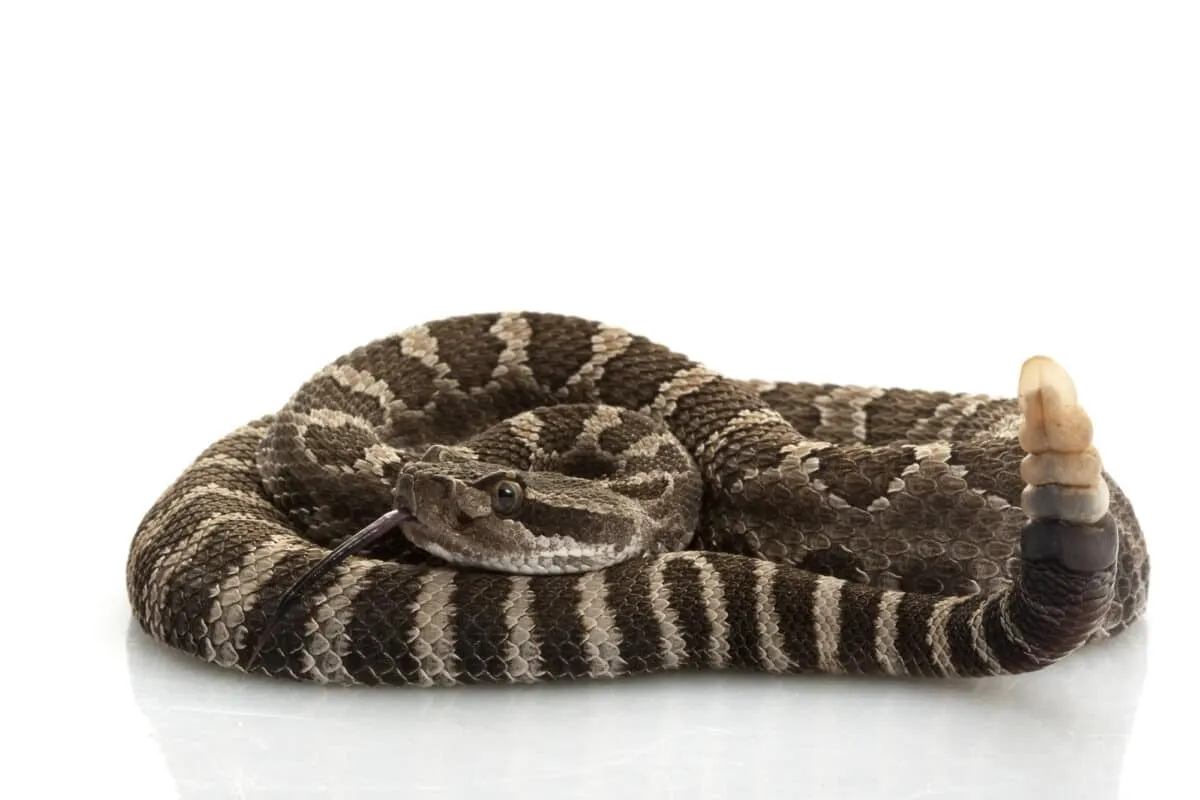San Francisco is known for its beautiful hiking trails and stunning outdoor scenery. However, with its warm climate and diverse wildlife, there are natural dangers lurking on the outskirts.
One such danger is the existence of snakes, specifically rattlesnakes. These creatures are pretty common in that part of the world, especially since it’s the Bay area. That’s why their presence can significantly threaten hikers and outdoor enthusiasts.
So, if your destination is the San Francisco Bay Area, read this article to stay safe and informed.
Rattlesnakes: Early Sightings
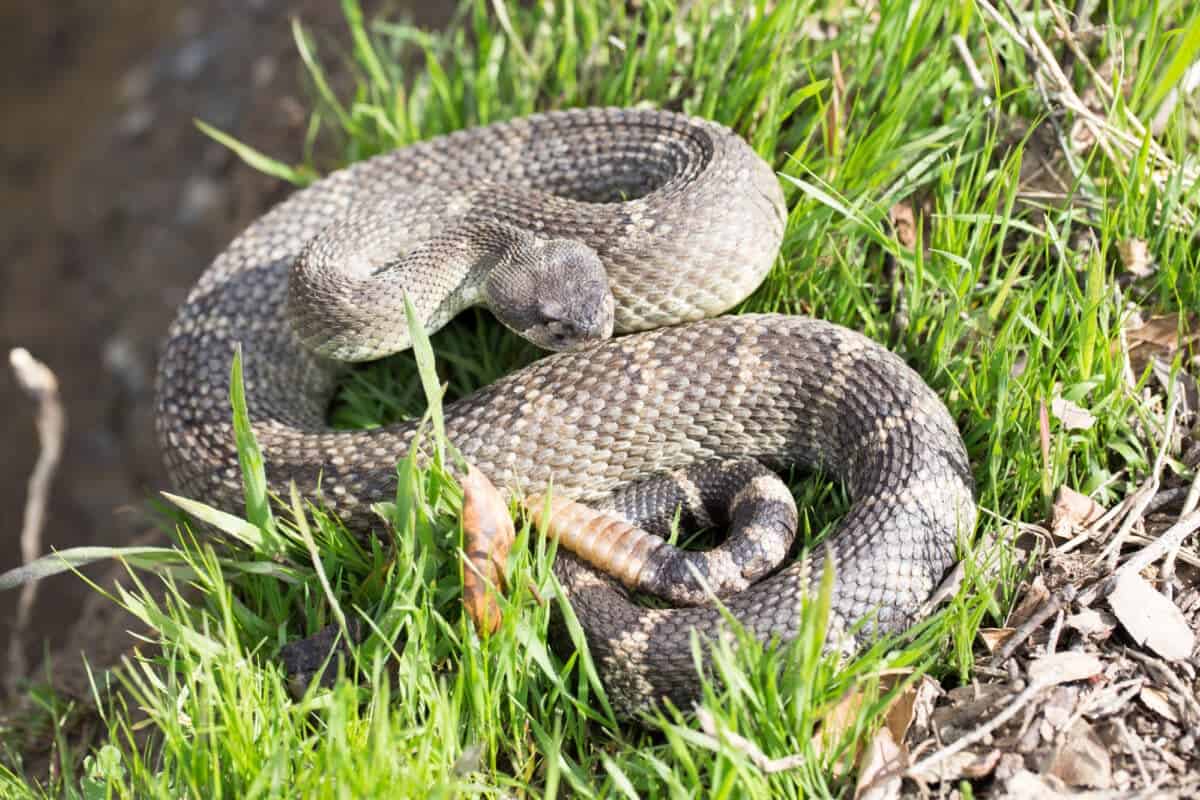
As per reports from NBC Bay Area, hikers in the Bay Area have spotted rattlesnakes earlier than usual this year. The rising temperatures are believed to have caused the rattlesnakes to emerge from their winter dens earlier than expected.
Common Species Found in San Francisco
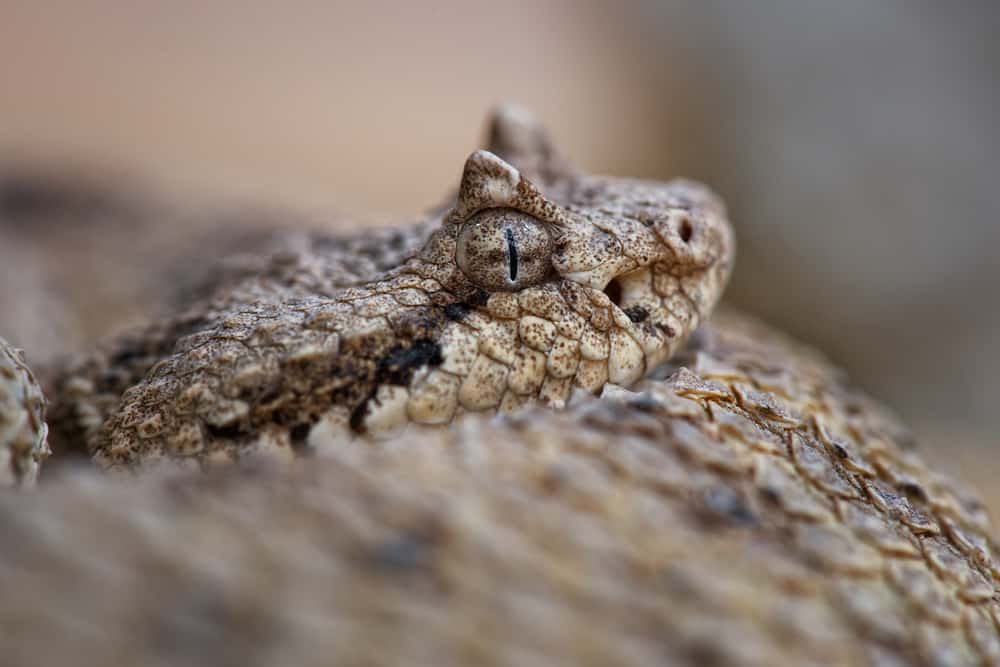
The Northern Pacific Rattlesnake is the most common species in San Francisco and much of California. This venomous snake is usually found in rocky, brushy areas, and it is known for its rattling sound (via the rattle on its tail), which is typically used as a warning sound.
Other species of rattlesnakes found in California include the Western Diamondback, Sidewinder, and Mojave Rattlesnake.
Habitat and Behavior
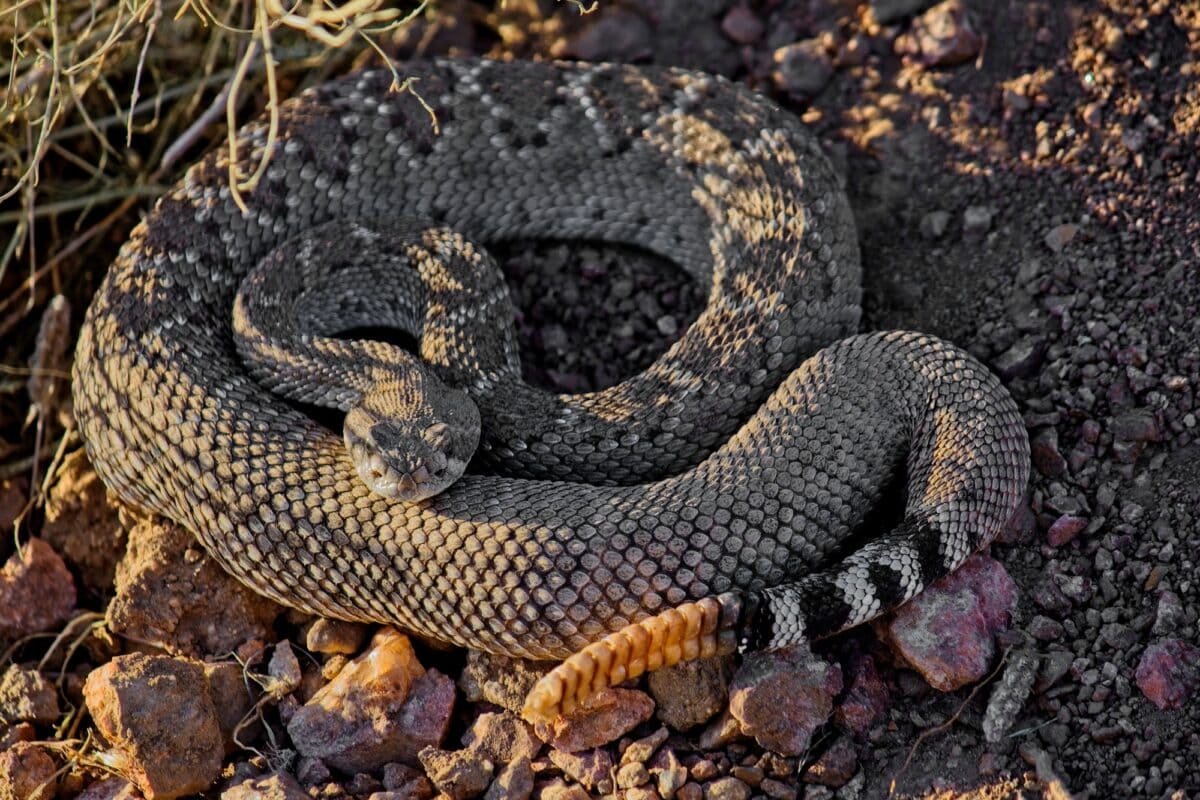
Rattlesnakes in San Francisco typically live in dry, rocky areas with plenty of brush and vegetation. They might be a no-show in winter, but you can easily recognize their presence during the warmer seasons, especially from April to the month of October.
Around these months, these creatures leave their dens to hunt for food and mate. Rattlesnakes are generally shy and prefer to avoid people, but they tend to lash out if they are threatened due to survival instinct. If you encounter a rattlesnake, always stay calm and let the snake escape.
How To Face San Francisco Rattlesnakes?

Give the snake space and time to escape, which you can do by slowly backing away so the creature knows it’s safe. Rattlesnakes will usually avoid confrontation if given the chance to retreat.
However, if this creature bites you, do not try to shake it off – go to a doctor or a hospital immediately. Trying to fix it yourself by sucking out the venom or applying a tourniquet is not recommended because these methods are ineffective and may even worsen the situation.
Rattlesnake Bite Symptoms
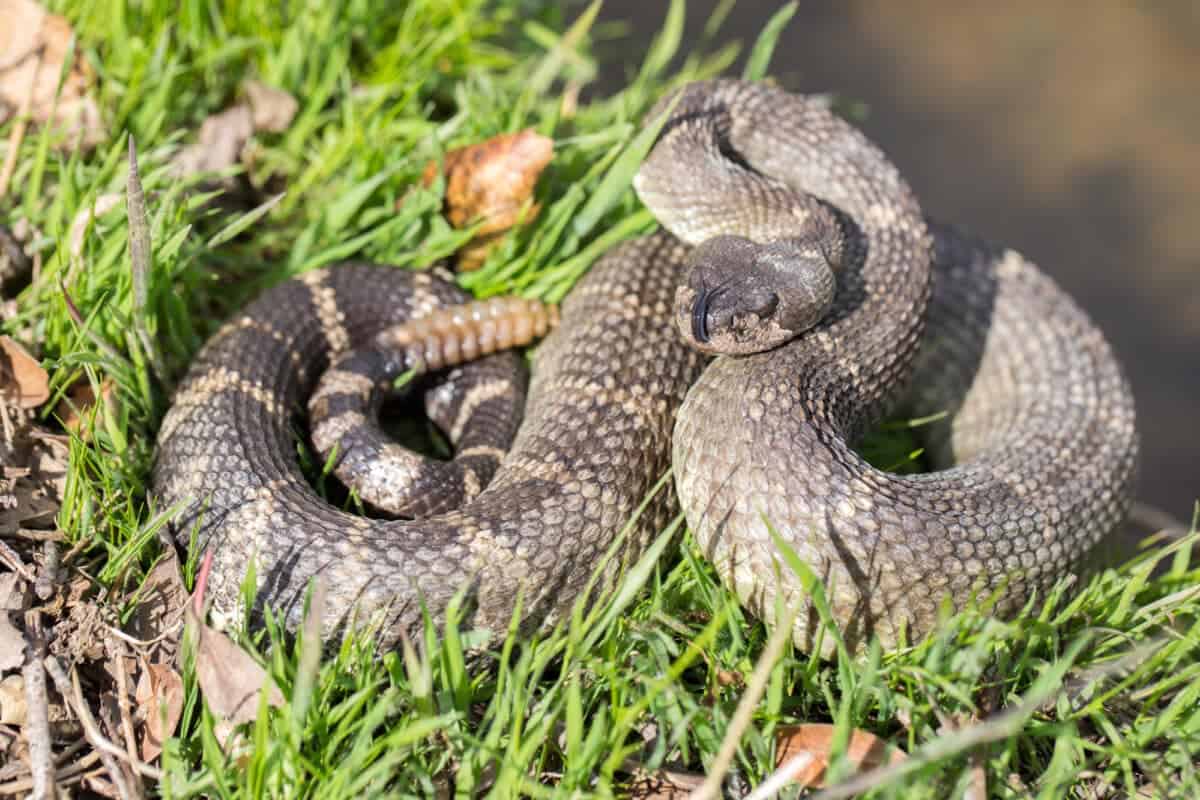
Rattlesnake bites can be dangerous and potentially deadly if left untreated. Symptoms may include the following:
- Swelling
- Pain
- Nausea
- Vomiting
- Diarrhea
- Dizziness
- Difficulty breathing
In severe cases, venom can cause paralysis, organ failure, and even death.
First Aid for Rattlesnake Bites
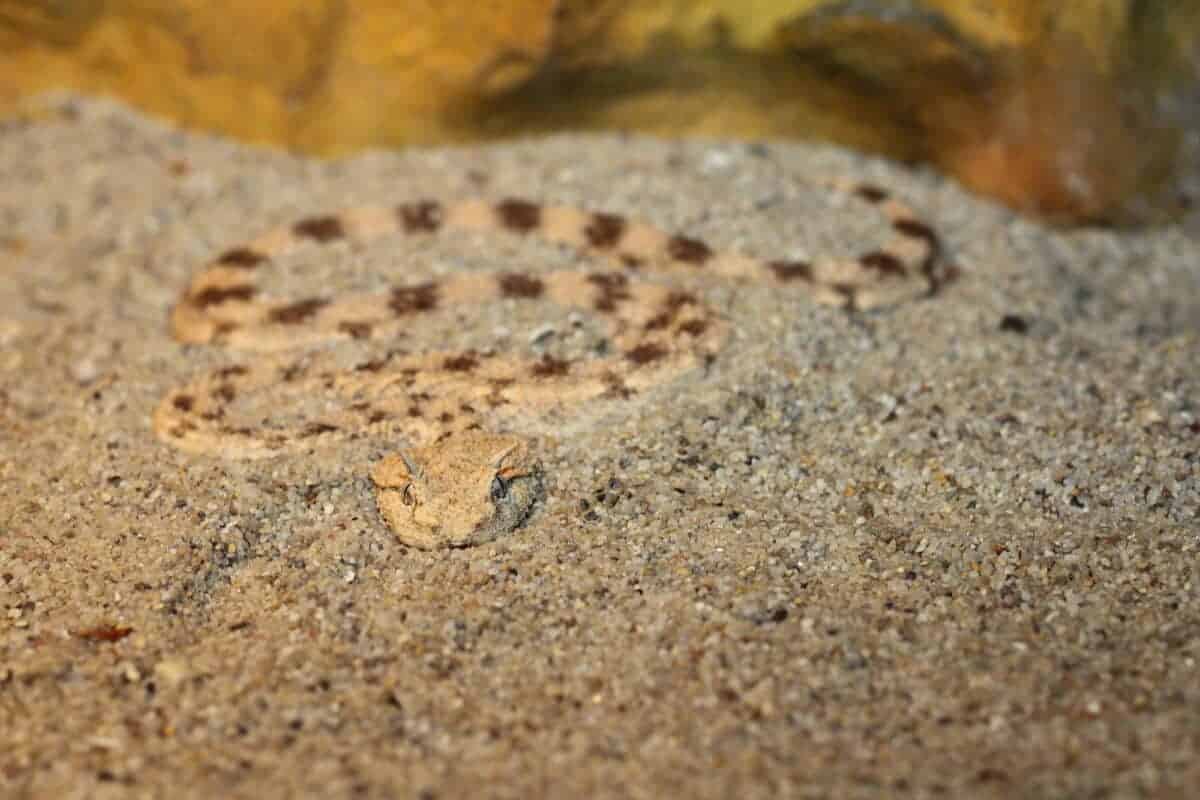
The first step is to, of course, seek medical attention immediately. However, while waiting for professional help, you can start the healing process with the tips below:
- To impede the venom’s dissemination, it is vital to immobilize the limb where you’ve been bitten and position it at or below the level of your heart (lower than the heart).
- Do not continue wearing tight clothes or jewelry, especially at the bite site.
- Wash the affected area and clean it.
- Wrap the wound with a dry dressing.
Treatment for Rattlesnake Bites
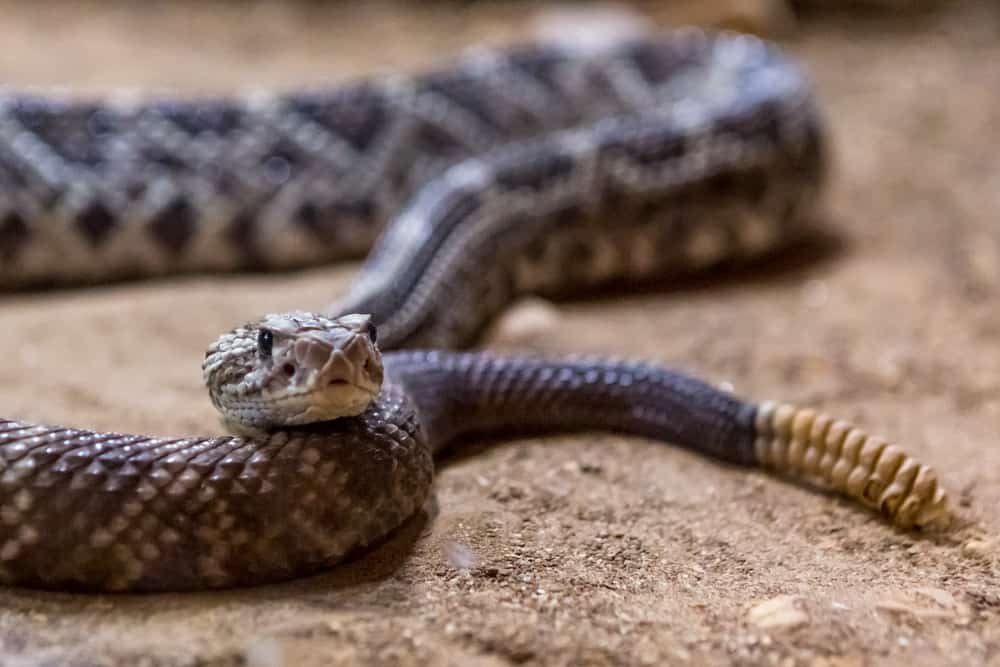
The most effective treatment for a rattlesnake bite is antivenom, a medication that helps neutralize the venom in the body.
Prompt administration of antivenom is crucial following a bite, ideally within the initial few hours. Additional therapies might be required to address symptoms and mitigate potential complications. These may include pain medication, intravenous fluids, and supportive care for any organ damage.
Prevention is Key
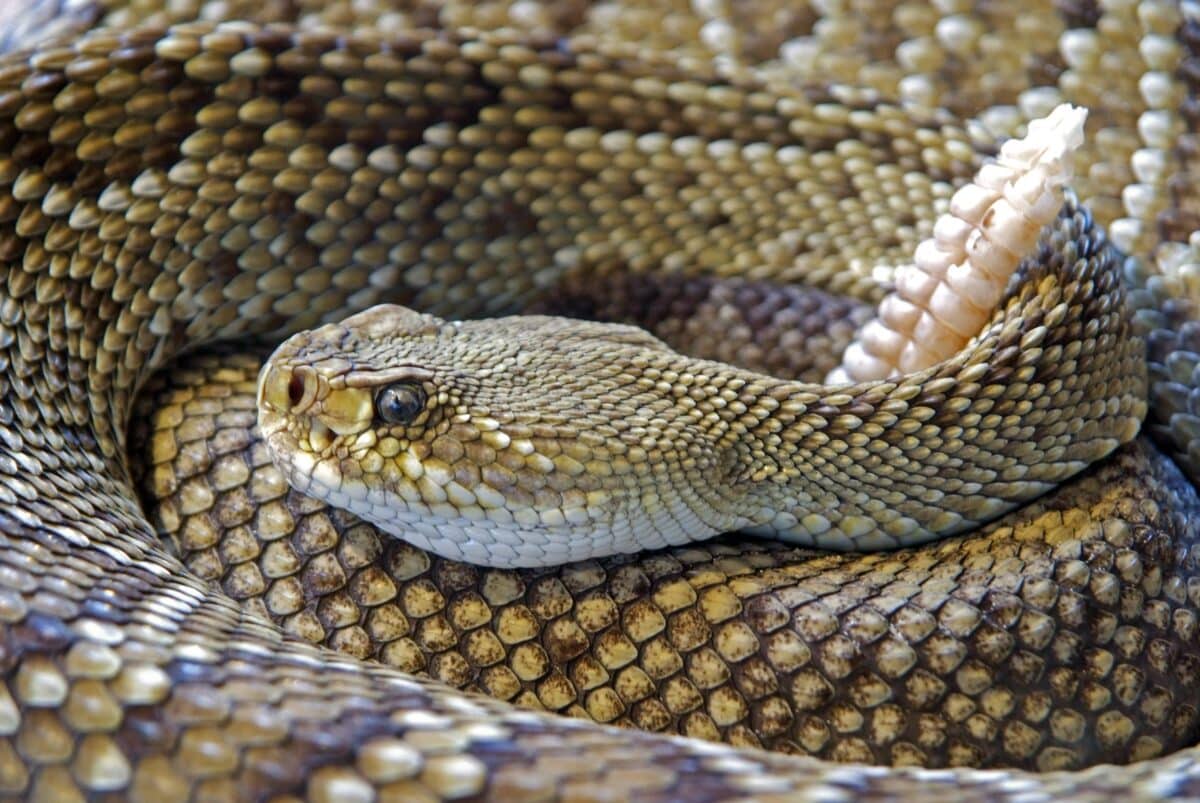
When hiking in areas where rattlesnakes are known to live, it is important to take the following precautions:
- Wear heavy boots and pants that fully cover your legs to protect your body.
- It is advisable to remain on designated hiking paths and refrain from walking through tall foliage.
- Watch where you step and use a hiking stick to check for snakes in front of you.
- Avoid handling or disturbing snakes, even if they appear dead.
Find out more about Rattlesnake bites with Healthline.
Behavior
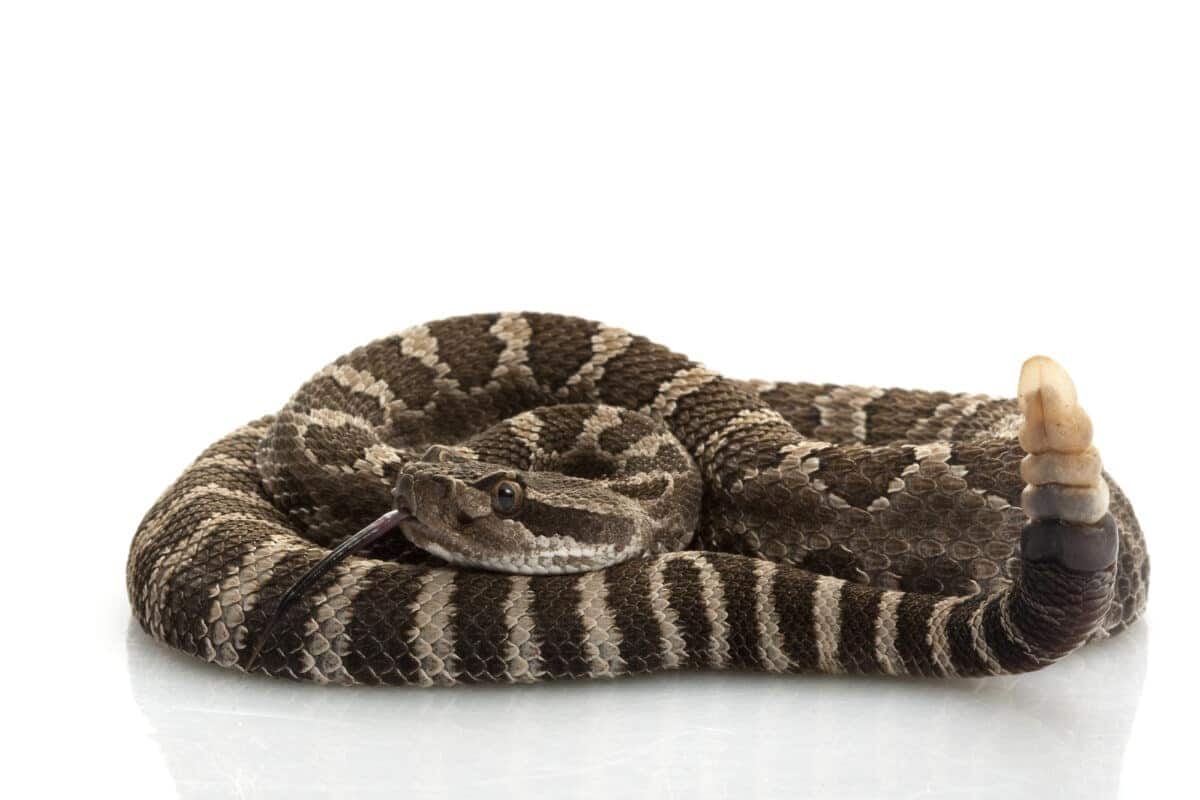
Rattlesnakes are typically shy creatures. However, as mentioned, they are far more active in summer, like between April and October, and are often found sunning on rocks or near trails.
Further, Rattlesnakes use their distinctive rattle as a warning sign when they feel threatened and will usually only bite as a last resort.
Diet
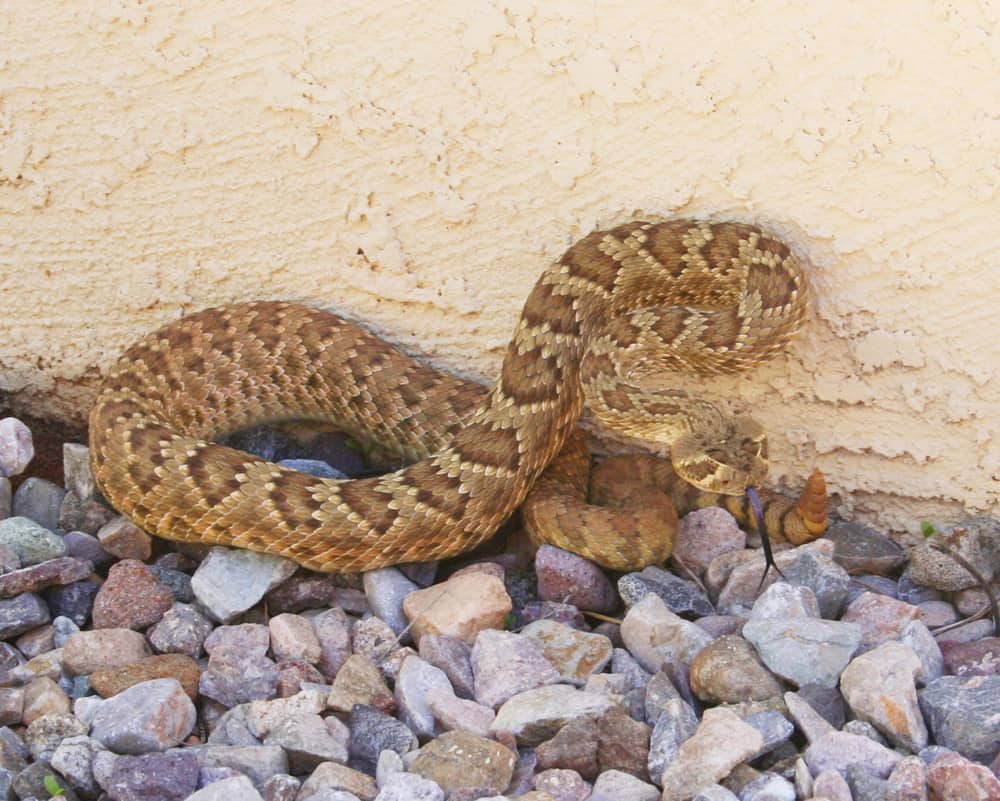
Rattlesnakes are meat-eating reptiles that predominantly prey on smaller-sized animals like rabbits. They use poison to immobilize their prey and then swallow it whole.
Moreover, rattlesnakes have an efficient digestive system and use their stores to avoid eating for months or days if required.
Reproduction
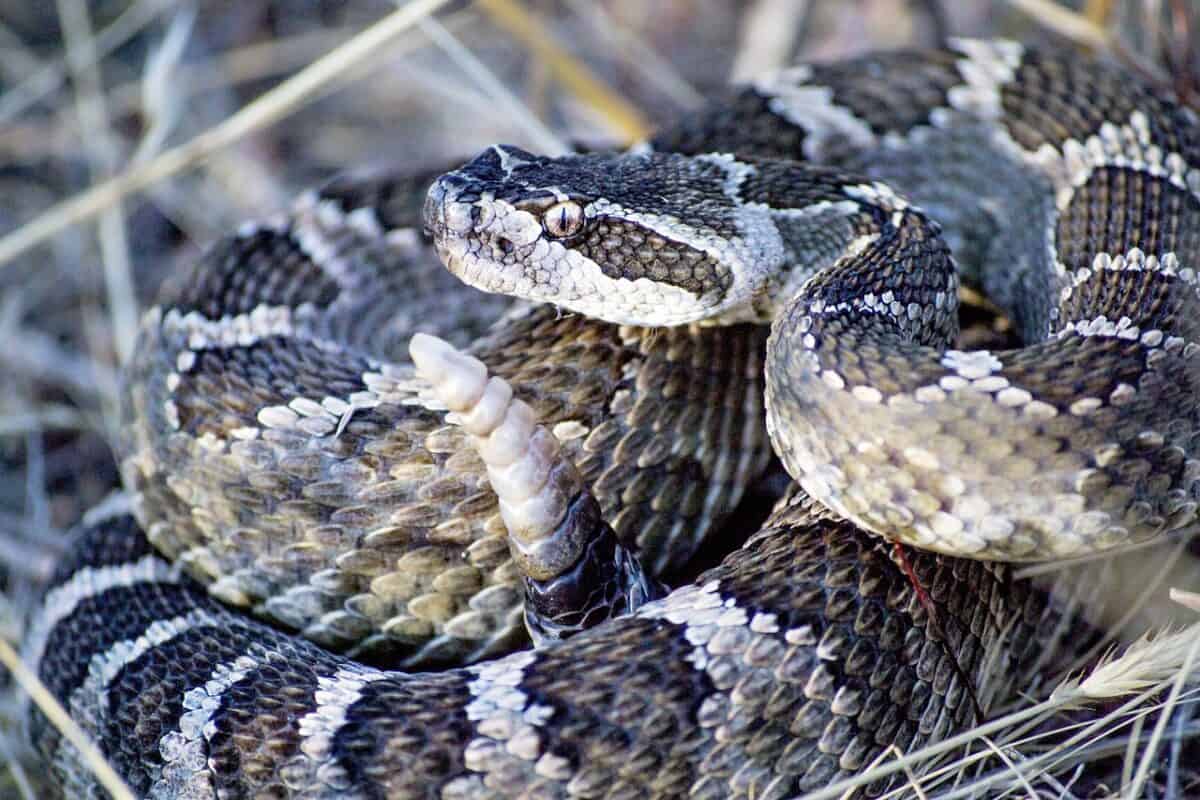
Rattlesnakes engage in mating during spring and summer, and females give birth to their offspring in late summer or early fall. Rattlesnakes exhibit an ovoviviparous reproductive strategy, whereby the eggs grow and hatch internally within the female, resulting in the birth of live young.
Baby rattlesnakes are born with fully functional venom glands capable of delivering a venomous bite from birth.
Fun Facts
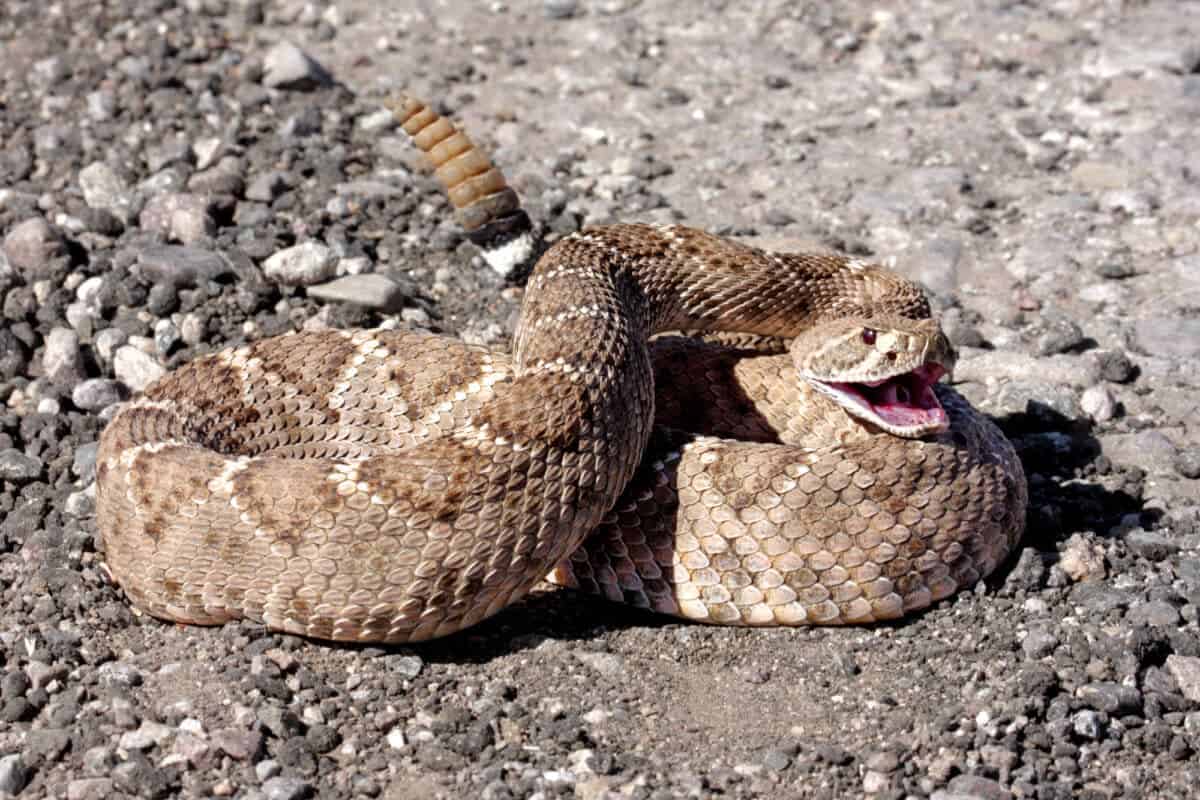
- Rattlesnakes shed their skin several times a year as they grow. Shedding helps them remove old and worn-out skin and allows for further growth.
- Rattlesnakes have heat-sensitive vision, allowing them to locate prey more accurately. They can detect temperature variations and perceive their surroundings based on thermal cues.
- The venom of a rattlesnake is a complex mixture of proteins that can cause various symptoms in humans, including pain, swelling, and organ damage.
Conclusion
Rattlesnakes are a fascinating and important part of the San Francisco Bay Area ecosystem. While encountering one while on a hike can be terrifying, you must understand that they are usually just as afraid of us as we are of them.
Always bear in mind that ensuring a safe and enjoyable outdoor experience relies on recognizing potential risks and implementing the essential measures to mitigate them. By respecting the wildlife around us and taking steps to protect ourselves, we can continue to enjoy the natural beauty!
Thanks for reading along! See below for our related article links.
Next up:
- Washington’s Unseen Danger: The Ticks and Lyme Disease
- Discover San Francisco’s Most Dangerous Animals
- Unearth the Reality of Florida’s Venomous Spiders
- Watch: Lizard Greets Man like a Dog! - April 25, 2024
- Mama Deer Is So Worried About Her Baby - April 25, 2024
- Watch Innocent Baby Bird Walks up to Leopard – Wild Ending! - April 25, 2024

